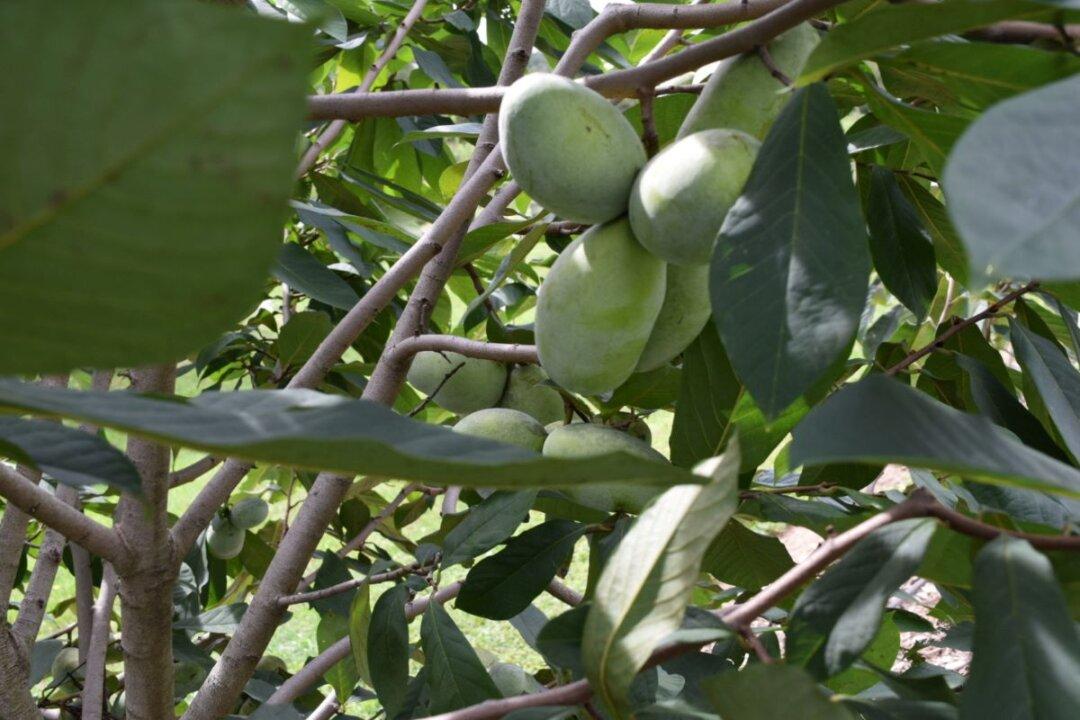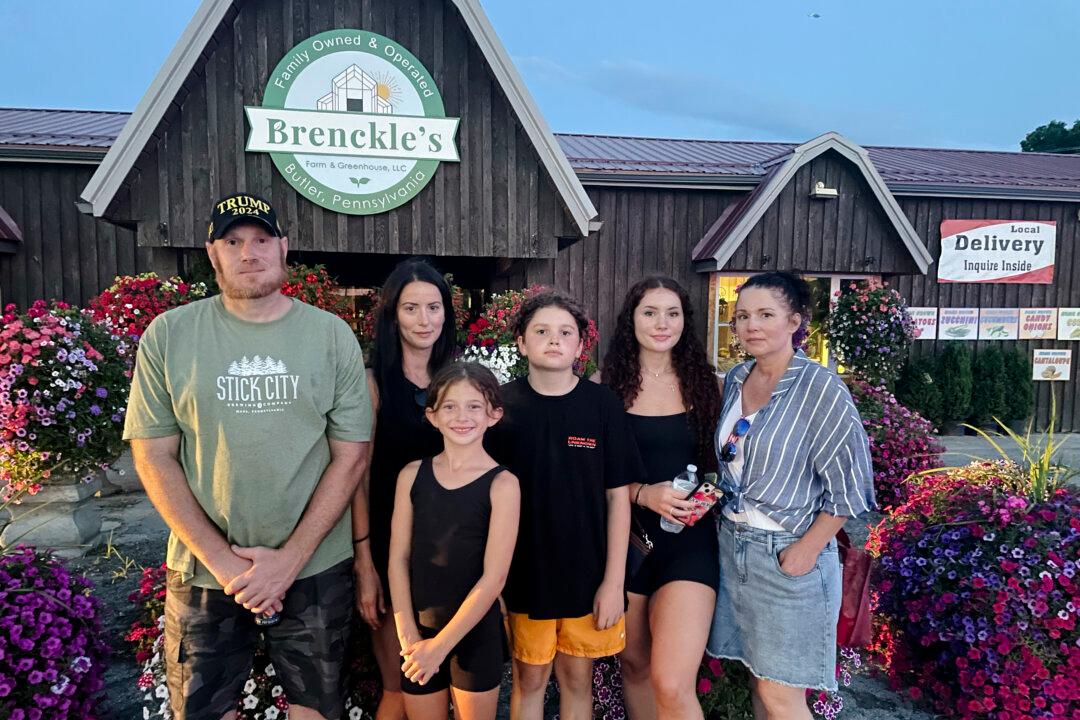“The sweet, elusive pawpaw has been hiding in plain sight in the eastern and midwestern United States for centuries,” George Washington’s diary entry on March 7, 1785, mentions the pawpaw trees he planted at his Mount Vernon, Virginia home.
The pawpaw is said to have been the first president’s favorite fruit.






